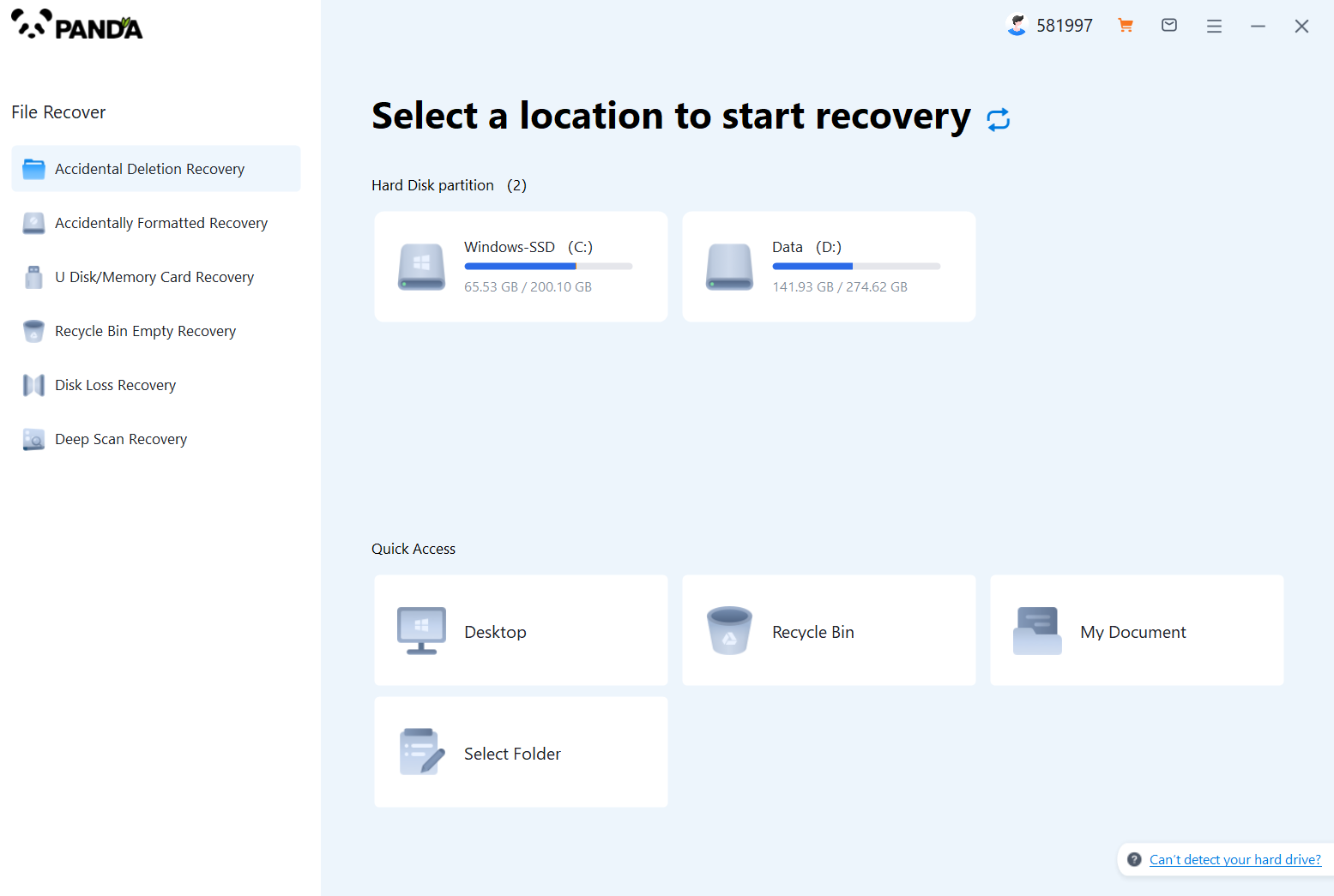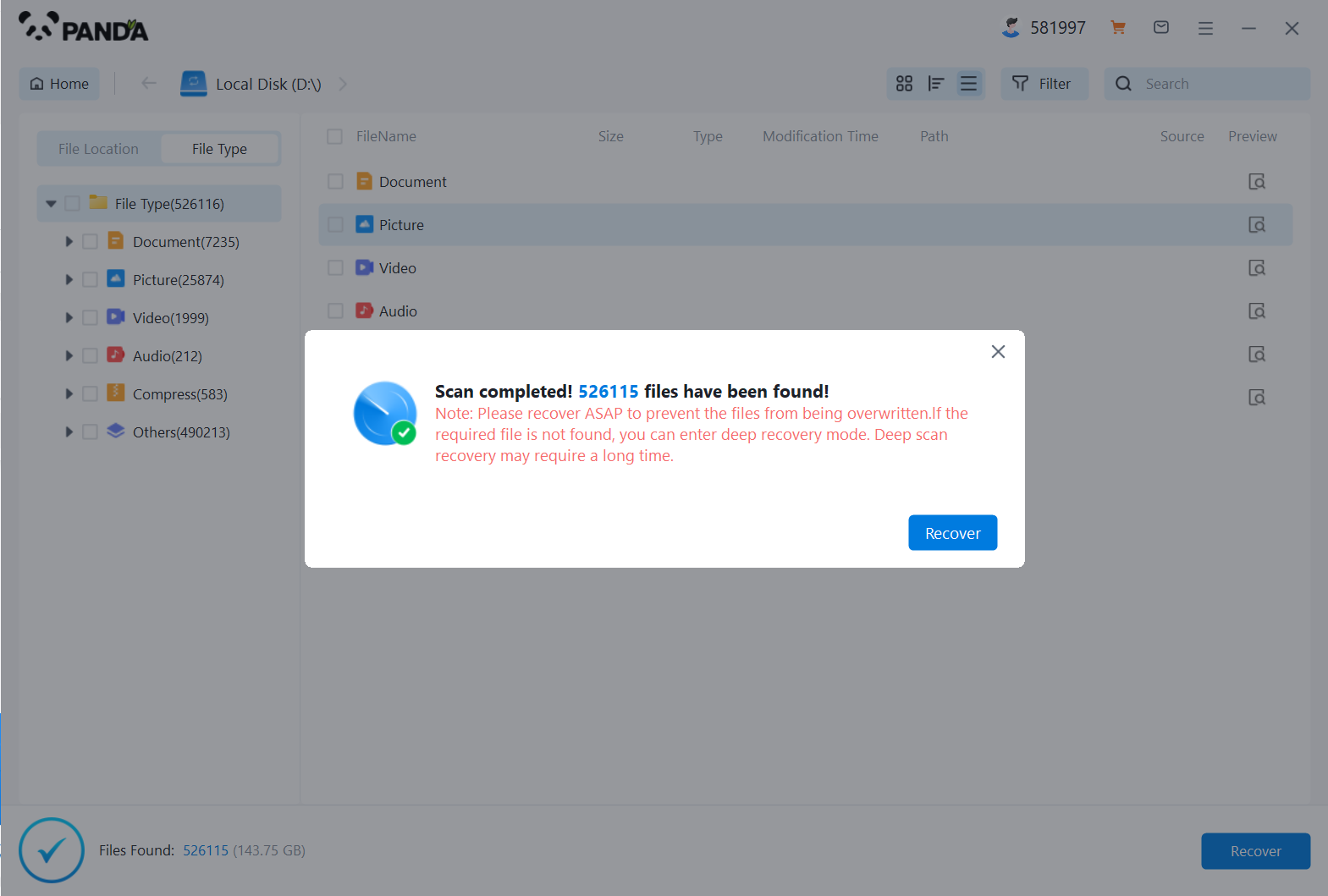Losing important files due to accidental deletion or system issues can be a distressing experience. However, with the right tools and techniques, it's often possible to recover deleted files from a computer hard drive. This article will walk you through the steps you can take to retrieve your lost data.
1. Check the Recycle Bin or Trash
The first step in recovering deleted files is to check the Recycle Bin (Windows) or Trash (Mac). When you delete a file, it is initially moved to these bins rather than being permanently erased from the hard drive. To access the Recycle Bin or Trash, simply click on the icon on your desktop or find it in your file explorer or dock.
- For Windows: Double-click the Recycle Bin, locate the file you want to restore, right-click it, and select "Restore."
- For Mac: Open the Trash, find the file you want to recover, right-click it, and select "Put Back."
2. Use File History or Time Machine
If you have enabled File History on Windows or Time Machine on Mac, you can use these built-in features to restore previous versions of your files.
- For Windows: Open File Explorer, right-click the folder containing the deleted files, and select "Restore previous versions." Browse through the available restore points and select the one that includes the files you want to recover.
- For Mac: Open Time Machine from the dock or menu bar, and use the timeline on the right to navigate to the date and time when the files were still present. Select the files you want to restore and click "Restore."
3. Employ Data Recovery Software
If the above methods do not help, or if you have emptied the Recycle Bin or Trash, you can turn to data recovery software. These programs can scan your hard drive for deleted files and attempt to recover them.The following is an example of Panda data recovery operation.
Steps to recover data from Panda data recovery:
Step 1: Select Hard Drive Damage Recovery

Select the "Hard Drive Corruption Recovery" mode and click on it to proceed to the next step.
Step 2: Select the original data storage location

Select the storage location where the data is stored, and then click Start Scan.
Step 3: Scan the file

Wait patiently for the file to be scanned, we can also search while scanning, and if we find it in advance, we can also recover it first.
Step 4: Find the file

You can search to find the file.
Step 5: Preview the file

Double-click to preview the file.
Step 6: Recover files

Tick the files you want to recover and click Recover.
4. Consider Professional Help
If the software is unable to recover your files, or if the files are critical and you're not comfortable performing the recovery yourself, you may want to consider professional data recovery services. These services can be more expensive but offer a higher success rate for recovering deleted files, especially from physically damaged drives.
5. Prevent Future Data Loss
To avoid going through the file recovery process in the future, it's important to establish good data management habits:
- Regularly back up your files to an external hard drive, cloud storage, or a network location.
- Be cautious when deleting files and double-check to ensure you're selecting the correct items.
- Consider using a file recovery software as a preventive measure, so you can quickly recover any accidentally deleted files.
Conclusion:
Recovering deleted files from a computer hard drive is often possible, especially if you act quickly and avoid using the computer to prevent overwriting the deleted data. By checking the Recycle Bin or Trash, utilizing File History or Time Machine, and employing data recovery software, you can increase your chances of successfully retrieving your lost files. Remember to back up your data regularly to prevent future data loss.





